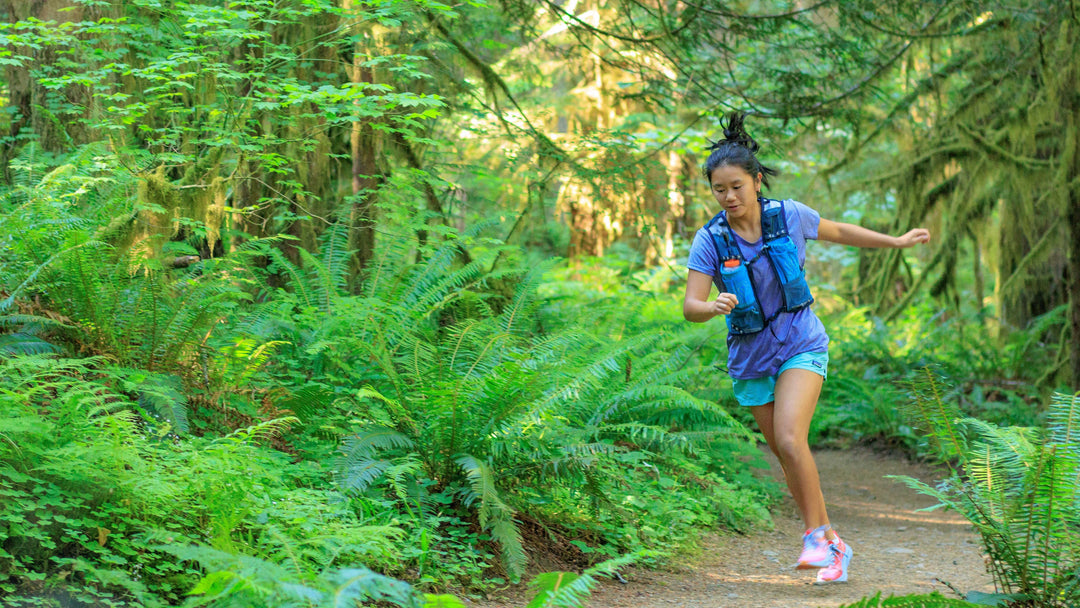Going SOBO on the AT- First 450 Miles

Adrian Redgwell, the Hiking Sailor, hiked over 700 miles of the Appalachian Trail last year and is going to complete the trail going SOBO this year.
Good day, SOBOs. During my 772 mile hike on the Appalachian Trail in 2018, I thought I would share my experience in the first AT SOBO 450 miles. This region is in my backyard.
Tip #1 Getting past Katahdin
It is the hardest mountain on the whole AT, it seems, but I beg to differ, as you are going to be surprised at the many other challenges like Kelly’s Knob. But it is hard and for most of you, the time needed to climb up and down will take 8 hours. NOBOs can hike up and down in a very easy 3.5 hours.
Things that you can do to make things easier includes carrying a day pack up (Slackpacking it is called). You can exchange your pack with a day pack at the ranger station. Bring gloves, long pants, 3 liters of water, snacks, an extra jacket and clothing for element changes.
Tip #2 Scheduling
Try to be the first to leave camp earlier and arrive at the next camp. This will ensure that you will get the best tenting spots and time to enjoy the rest of the afternoon and dry your wet clothes. Leaving at pre dawn and arriving around 2PM is the perfect hiking schedule.
Try to start sleeping no later than 5PM to get all the sleep you need to get up easier in the AM.

Check out Gilad's post on hiking 25 miles a day for more tips on scheduling.
Tip #3 Food Drops on the 100 Mile Wilderness
Why Hike with eight days food when you only need four days food? The local hiking hostels can drop half your food, plus extra food, in the middle for you for a small affordable price. If you are a smart cookie, why not pack some heavy goodies that you can eat there and leave the garbage in you drop off container.
Tip #4: Caring for your Feet
Your feet are the most important part of your body so handle with care. I wear the tried and tested two-sock trick from the Canadian military: An inner sock and an outer sock will keep the friction between the two socks, and lessen the chance of hot spots on your feet.
The default insoles in shoes are horrible for thru-hikers, so get a Superfeet insole or insole designed for you. Finally the boot—your feet will start to swell during the first couple of days. I normally wear a size 10.5 but my hiking boot is a size 12.
Trail runners, mid and full boots—what is the best boot for you? In my opinion, greater the thickness between your foot and the ground the better. But pack weight also plays into the matter, too. Under 25 pound packs are good for trail runners, but I prefer mids. 30 pound packs work well with mid boots and over 30 pounds, use the full hiking boot. In the end, it is what feels good to you.
Clean your feet every day and check for hotspots. If you start to feel them, then perhaps you need to use tape in your hot areas. I know the four areas of my feet that are susceptible and I tape them always, even with all the protection I use. When it is wet, the tape will not stick, so good luck then.
For more information about hiking footwear, see Gilad's post discussing boots vs. trail shoes.
Tip #5 Shelter or Tent
Tenting is great. You are in your own make-believe protected home. You decide when you set up your tent, eat, relax and finally sleep. Paradise, eh?
It may seem cool to sleep in a shelter at a cool location, eh? Well you have all sorts of special people in the shelter such as:
- Snoring hikers
- Hikers making too much noise
- Hikers arriving after hiker midnight and trying to find space in the shelter,
- Hikers waking up way too earlier
- Hikers that are annoying, etc.
You do not have that problem in a tent. If you want company, you can join the shelter people for various meals and chats. Also, you are hiking SOBO because you wanted limited contact with others and wanted to be alone except for that hiker you are fated to hike with or someone that nobody likes except for you.
In the end this is your hike so do what makes you happy, right?

Tip #6 Social media on the Trail
You are probably wondering what this is about. First off is Facebook usually for yourself, family, and friends. Instagram, is pretty cool since when you upload, you can add them to your FB account. YouTube is very time consuming but a great way to add to record your memories. Later on you can download the video to your computer and go from there.
Some prefer to keep all 3 formats to just their family and friends, however, you will meet those infamous social media icons that film everything possible to the extent that they might get on your nerves. But everyone with a camera will be doing the same thing. So relax, smile and be ready.
See Adrian's post about choosing your pack and sleeping pad.









Leave a comment